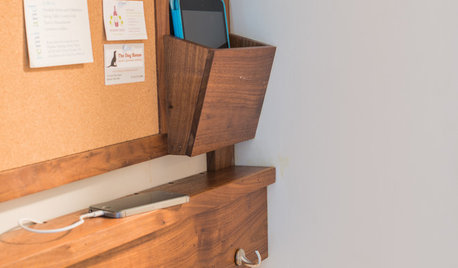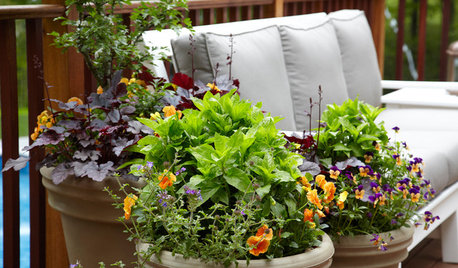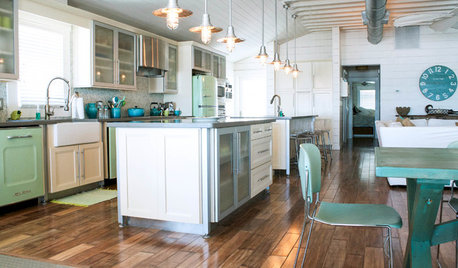Feijoa in Zone 8a
KendraSchmidt
11 years ago
Related Stories

THE HARDWORKING HOMEA New Drop Zone Keeps the Clutter at Bay
The Hardworking Home: A clever wall-mounted station for keys, phones and more helps a family stay organized
Full Story
ORGANIZINGCreate a Family Landing Zone
Keep your kitchen table and counters clear with a place designed for mail, bags and keys
Full Story
ENTRYWAYSTransition Zone: How to Create a Mudroom
Save your sanity by planning a well-organized area that draws the line between inside and out
Full Story
BATHROOM DESIGN7 Reasons to Give Your Bath Zone a Living Room Vibe
With a few living room–like touches, you can transform your bathroom into a practical, relaxing retreat that’s overflowing with personality
Full Story
KIDS’ SPACES5 Ideas for a Great Home Learning Zone
Get your child off to a good start this school year with homework areas and strategies that reduce the frenzy
Full Story
FLOWERS8 Knockout Flowers for a Fall Container Garden
Your cups will overfloweth with color and interest this fall when you plant these vivid seasonal garden classics
Full Story
BEDROOMS8 Steps to a Greener, More Peaceful Bedroom
Clear away clutter, clean the air and make over your bedding for an oasis that radiates calm and well-being
Full Story
GARDENING GUIDES8 Plants for a Deliciously Fragrant Fall Garden
Scent the autumn air with the perfume of caramel corn, honey and spices by adding these intoxicating plants to your landscape
Full Story
HOUZZ TOURSMy Houzz: A Breezy Beachfront Getaway for 8
Gutting and redesigning turn a dilapidated Florida triplex into a comfortable weekend retreat for a big family
Full Story
GARDENING AND LANDSCAPING10 Great Outdoor Chill Zones
Whether you have a huge poolside deck or a sliver of a patio, these ideas will kick stress to the curb all summer long
Full StoryMore Discussions







fabaceae_native
KendraSchmidtOriginal Author
Related Professionals
Palm Springs Landscape Architects & Landscape Designers · Southfield Landscape Architects & Landscape Designers · Sahuarita Landscape Architects & Landscape Designers · White Oak Landscape Architects & Landscape Designers · Cincinnati Landscape Contractors · Eagle Landscape Contractors · Hurricane Landscape Contractors · Kaneohe Landscape Contractors · Merced Landscape Contractors · Middle River Landscape Contractors · New Brighton Landscape Contractors · Salem Landscape Contractors · Santa Ana Landscape Contractors · Siloam Springs Landscape Contractors · Silver Firs Landscape Contractorslarry_gene
pokeberry
trianglejohn
gonebananas_gw
larry_gene
feijoas
larry_gene
fabaceae_native
feijoas
fabaceae_native
larry_gene
feijoas
skyjs
gonebananas_gw
larry_gene